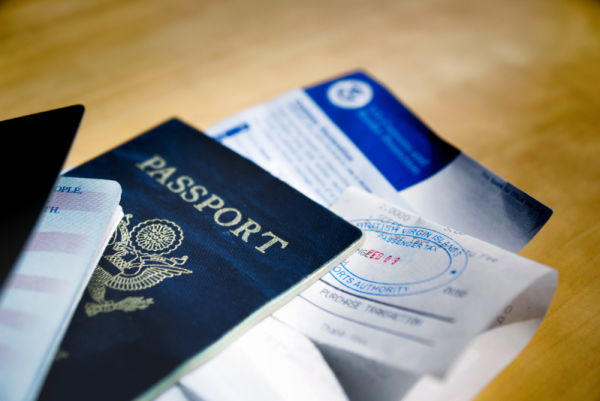The European Union is set to introduce its long-awaited Entry/Exit System (EES) in October 2025, following several delays due to technical challenges and concerns over border congestion. This new system aims to streamline border controls and enhance security across the Schengen Area.
What Is the Entry/Exit System (EES)?
The EES is an automated IT system designed to register the entry and exit of third-country nationals—those who are not citizens of the EU, EEA, or Switzerland—when they cross the external borders of the Schengen Area. This system will replace the traditional passport stamping with biometric data collection, including facial recognition and fingerprint scans. The data collected will be stored in a central database for a period of three years. The primary objectives of the EES are to improve border management, enhance security, and prevent identity fraud.
Phased Rollout Across Schengen Countries
The implementation of the EES will occur in phases over a six-month period, starting in October 2025. This gradual rollout is intended to allow border authorities and the transport industry ample time to adjust to the new procedures.
The system will be operational in 29 countries, including 25 EU member states and four non-EU countries: Iceland, Liechtenstein, Norway, and Switzerland. However, Ireland and Cyprus will continue to use manual passport checks and will not participate in the EES.
Impact on UK Travellers
UK citizens, along with other visa-exempt nationals, will be required to provide biometric data upon arrival and departure from the Schengen Area. This means that, in addition to presenting their passports, travellers will need to have their facial image and fingerprints scanned at border control points. Children under 12 will be exempt from fingerprinting but will still undergo facial scanning.
For UK travellers using the Port of Dover, Eurostar, or LeShuttle services, EES checks will be conducted at departure points in the UK. Dedicated booths and registration areas are being established to facilitate this process, aiming to minimize delays during busy travel periods.
What About ETIAS?
The European Travel Information and Authorisation System (ETIAS), a separate but complementary system, was initially planned to launch in 2025. However, its implementation has been postponed to the last quarter of 2026. ETIAS will require travellers from visa-exempt countries to obtain pre-travel authorisation before entering the Schengen Area. This system is designed to enhance security by screening travellers against EU databases.
Preparing for the Changes
As the EES rollout approaches, travellers are advised to stay informed about the new procedures and ensure they have the necessary biometric data ready when crossing EU borders. While the transition may initially cause some delays, the long-term benefits of enhanced security and streamlined border processes are expected to outweigh the temporary inconveniences.
For more detailed information and updates, travellers can visit the official EU travel website: https://travel-europe.europa.eu/ees_en.
Image Credit: Canva





Comments are closed.